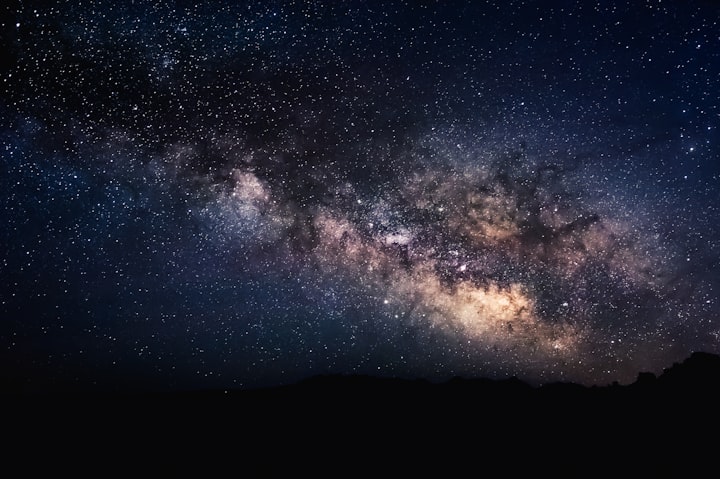Charlemagne and the Witches
Oddities of Witchcraft Law

Research into the history of witchcraft shows that it is varied in both practice and opinion. For centuries, witches lived peacefully and would be called upon as healers. During the early days of Catholicism, Pagans and Catholics continued to live happily side-by-side. Subsequent centuries saw the Roman Catholic Church attempt to draw people into the religion in various ways. Initially by having priests who performed rituals similar to those practised by witches, then by usurping holy days, bastardising Pagan symbols and images, and purporting that witchcraft was evil.
Witchcraft and Paganism
Often used interchangeably, witchcraft, Wicca, and Paganism are not the same. While there are the likes of Harry Potter, with its witches and wizards of all shapes, sizes, and personalities, many people still have ideas of witches, often from books or stories, being cruel, haggard old women with warts, croaky voices, and pet toads or black cats. This image of a witch might also include the belief that such a person casts hexes or making poisonous concoctions in a cauldron.
There may well be witches just like that, but most are simply ordinary people, some of whom practice magic or witchcraft.
"Pagan" originally meant "country dweller" and has become an umbrella term to describe any set of beliefs which are based in nature. Wicca is contemporary Pagan movement developed in the 20th century.
Wiccans are Pagans but not all Pagans are Wiccans, just as Catholics are Christians but not all Christians are Catholics.
Witchcraft is that which is practised. Some Pagans practise witchcraft. Some who practice witchcraft do so alongside, or instead of, another belief system.
Margot Adler: Author, Journalist, Lecturer, Wiccan Priestess

Photo Credit: Patrick Giblin/Flickr/Creative Commons (CC BY-NC 2.0)
A Brief History of Witchcraft Law
These laws relate mainly to British history and law. Other nations may have had similar experiences while others will be entirely different.
When witchcraft laws appeared, the Catholic Church was responsible for imposing and upholding them.
In the 5th century, St. Augustine of Hippo claimed that Pagan magic was created by the devil while in the 8th century, St. Boniface declared that merely believing in the existence of witches was un-Christian.
The belief that witches did not even exist, however, did not stop the Church from creating witchcraft laws from the 8th century.
Witchcraft laws were made by the Catholic Church until the 15th century when the mantle was passed to Parliament. Various laws were passed, replaced, and repealed between the 16th and 18th centuries.
Some such laws involved the death penalty for practising witchcraft, while the more merciful Witchcraft Act 1562 only required the death penalty when actual harm had been done.
Witchcraft laws were repealed in 1736, although replacements have included the Fraudulent Mediums Act 1951, which existed until 2008, as well as the Vagrancy Act 1824, some sections of which are still in force in England today.
Charlemagne
Some of the strangest witchcraft laws are those which rule that witches do not exist yet still create punishments for them. Or dole out punishments for people who believe in the existence of magic. It seems that some laws would make it difficult to report a neighbour for practising outlawed magic when doing so would condemn he who reported it for believing.
Charlemagne, king of the Franks (768-814) and Holy Roman Emperor (800-814) decreed that burning witches was a Pagan custom and would, therefore, be punishable by death. So, a witch would get burned for being a witch while those who burned her would likely receive a similar fate.
Look out for more...
I have spent the past few months researching witchcraft law and the way in which Pagans, witches, and witchcraft have changed or been seen throughout history. This article is a very small snippet as I spend time working to complete a book which will include more detail about witchcraft laws, Pagan practices, and the ways in which society's view of such things has changed throughout history.






Comments
There are no comments for this story
Be the first to respond and start the conversation.